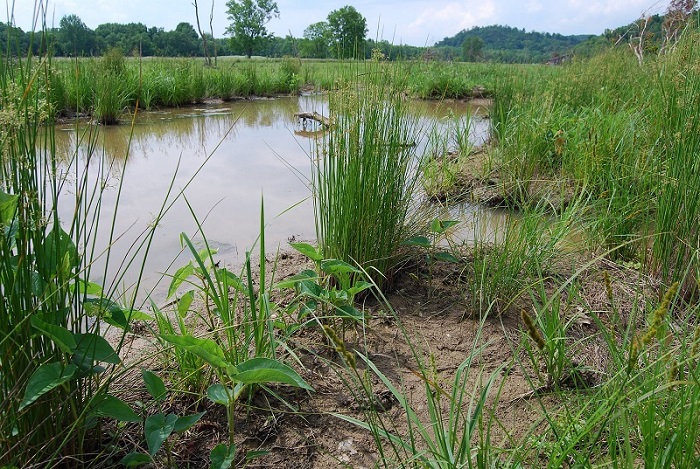Wetlands are usually areas of marsh, fen, peatland or water, natural or artificial, permanent or temporary, with water that is static or flowing, fresh, brackish or salt, including areas of marine water the depth of which at low tide does not exceed six meters. In Eastern Africa Wetlands face many challenges as a result of human encroachment, conversion to other land uses, pollution and climatic change. Identification and quantification of change areas, and presentation of the results for the purpose of decision making is the work of Wetland Monitoring and Assessment, under the GMES and Africa program.
Objectives
- Build institutional and human capacities in accessing and utilizing EO data in assessing and monitoring Wetlands.
- Improve decision making process in the management of Wetlands as a natural resource through provision of additional pertinent information.
- Foster partnerships by addressing common and interconnected environmental challenges resulting from widespread conversion of Wetland to other land use.
Target End Users
- Regional institutions with political mandate e.g. EAC, IGAD, AUC, etc..
- Natural resource management authorities such as DRSRS and WRMA in Kenya, NEMA in Uganda, MHUE in Djibouti
- Wetland Management Authorities in the respective focal institutions in the target countries.
- Universities and research institutions such as Makerere University and other respective focal institutions.
- Private sector with specialized skills and technology in earth observation.
- Civil society working with grassroots communities and vulnerable people living within the wetland environs


